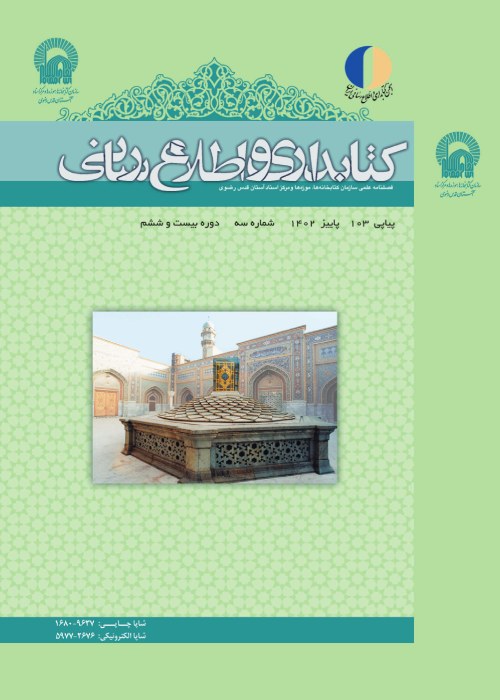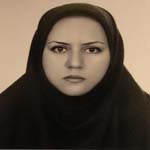Introducing the manuscript of The Translated Quran 704
Translating and interpreting the Quran into Persian is one of the surprisingly rich and less well-received treasures of the Persian language that in terms of vocabulary, structural diversity and phonetic transformations are much more productive than some of our known and less known Persian texts. The Quran Motarjam 704 with a few drops is a precious manuscript in Transoxianian dialect, with a solid language and its Persian words belong to Dari-speaking mainland namely Transoxiana and eastern Khorasan. The land of Transoxiana was formerly called Fara-rood (on the other side of river) and for over five centuries has been the cradle of Islamic civilization in Iran and the center of Iranian government.. The first translation of a well-known interpretation of the Quran into Persian or translation of the Tabari’s commentary, was done by the Persian scholars of Fara-Rood (Transoxiana) and Nasafi’s commentary along with many other ones such as Darvajegi and Gajdavani, Mogadamatol-Adab, Takmelatol -Asnaf, sahifatol- Azra, Tajol-Asami, Magasedollogat, Anisol- Moasherin and Matlae -Maghased have also been compiled in Persian language in this area.
This qualitative research is descriptive documentary which is done by using library method. What follows is an example that introduces the whole manuscript of the Quran 704 which is kept in Astan Ghods Razavi Library.
Paying attention to the midlines translation of this Quran shows that it is remarkable in terms of lexical, syntactic and phonetic properties, words such as difez (locast, tick) sare row (journey), Barshafidan (to become known), andokhsidan (take refuge), baraf rudan (different miscellaneous) which are not mentioned in the most of Persian dictionaries are found in this translation. collecting pure Persian words enriching vocabulary, developementing of historical grammer, preparing Iranian dialectology atlases, realizing different meanings of Persian vocabulary and solving problems of ancient texts with the help of Persian equivalents in these translations, and accessing to some linguistic differences, disparate Persian species and dialects in the Geographical areas of Persian language. The last but not the least in this research we seek to take forgotten face of this valuable version, by introducing it to the Quranic researchers and Persian lovers.
The translation of this Quran has many linguistic consonant with Nasafi commentary and its cross-section letters have been translated the same as translation of Tabari commentary event though the first and last pages of this version has dropped and we do not know the exact time of its writing and its scribe’s name but the language of its translation is older than early eight century. Seemingly, it is the same as the translation’s language of Quran 1089 written in the fifth century by Najm-suri.
- حق عضویت دریافتی صرف حمایت از نشریات عضو و نگهداری، تکمیل و توسعه مگیران میشود.
- پرداخت حق اشتراک و دانلود مقالات اجازه بازنشر آن در سایر رسانههای چاپی و دیجیتال را به کاربر نمیدهد.



